Caliber’s Update 0.10.1 makes the 22 SPN Afghan legendary outfit available for purchase to the players. These alternate models of the operators are meant to represent the members of the special forces in the Soviet army.
While making the Afghan, the developers maintained a balance between realism and memorable appearances for the operators. In addition, the Afghans needed to be created in such a way that they would be distinctive from each other during combat — hence the necessary artistic liberties adding variety to the set.
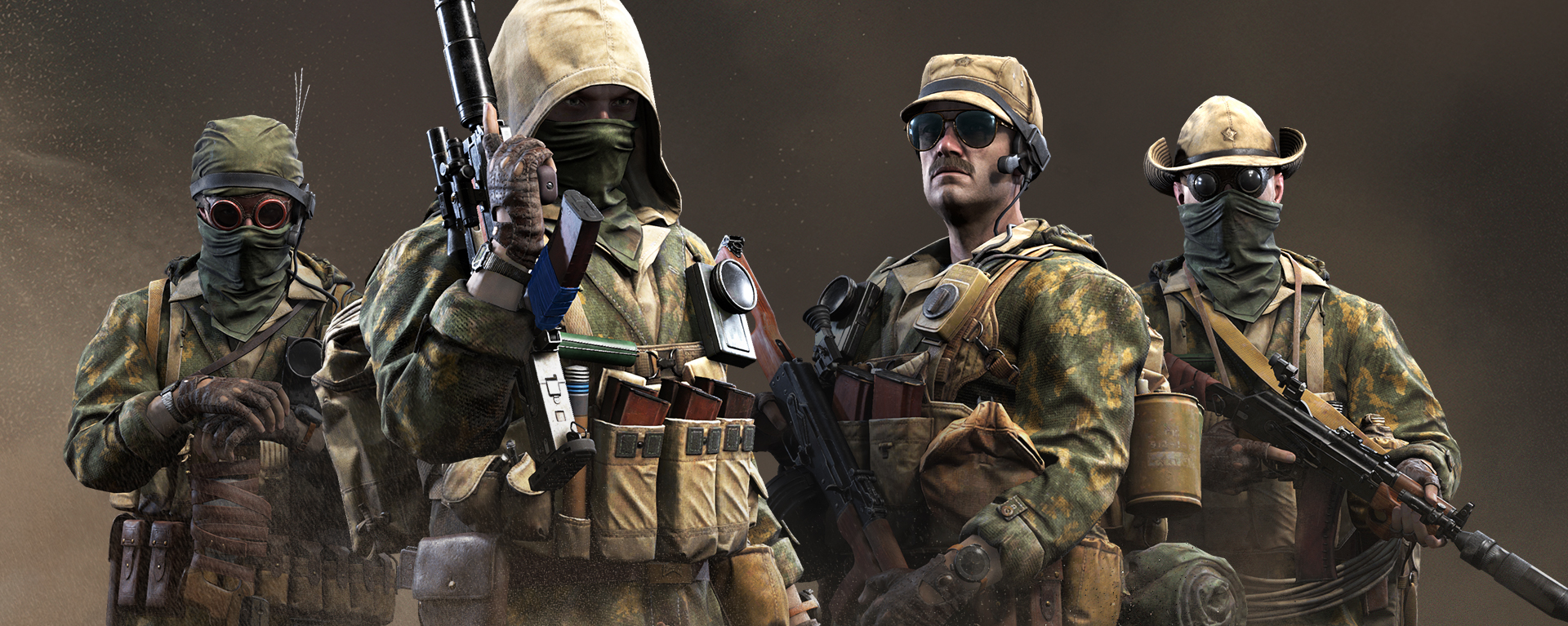
In October 1950, due to the worsening risk of a global nuclear conflict, the Minister of the Armed Forces of the USSR Marshal Alexandr Vasilevsky signed a decree to create a unit of military intelligence forces which would be placed under the GRU’s direct command. This unit was the precursor to the 22nd Separate Guards Special Purpose Brigade.
At the time of the GRU military intelligence unit’s creation five nuclear bombs have been tested in the world. The USA performed two tests at its ranges and used nuclear weaponry twice during its conflict with Japan. By that time, the USSR only tested the RDS-1 bomb once. Simply put, the USA was leading the nuclear race.
The main task of the GRU’s special intelligence unit was preparing for military action in case of another World War. Should a global conflict have erupted, the intelligence officers were supposed to go behind enemy lines and start “hunting” the tactical nuclear weapon systems. In addition, their tasks included sabotaging communications and other objects of infrastructure, observing enemy forces, performing reconnaissance through any available means, including capturing people possessing valuable data.
The 22nd Separate Guards Special Purpose Brigade itself was created in the middle of the 70s due to a worsening of Soviet-Chinese relations. However, in 1981, when the 22 SPN has almost been fully built up, the Brigade was retasked for the brewing conflict in Afghanistan.
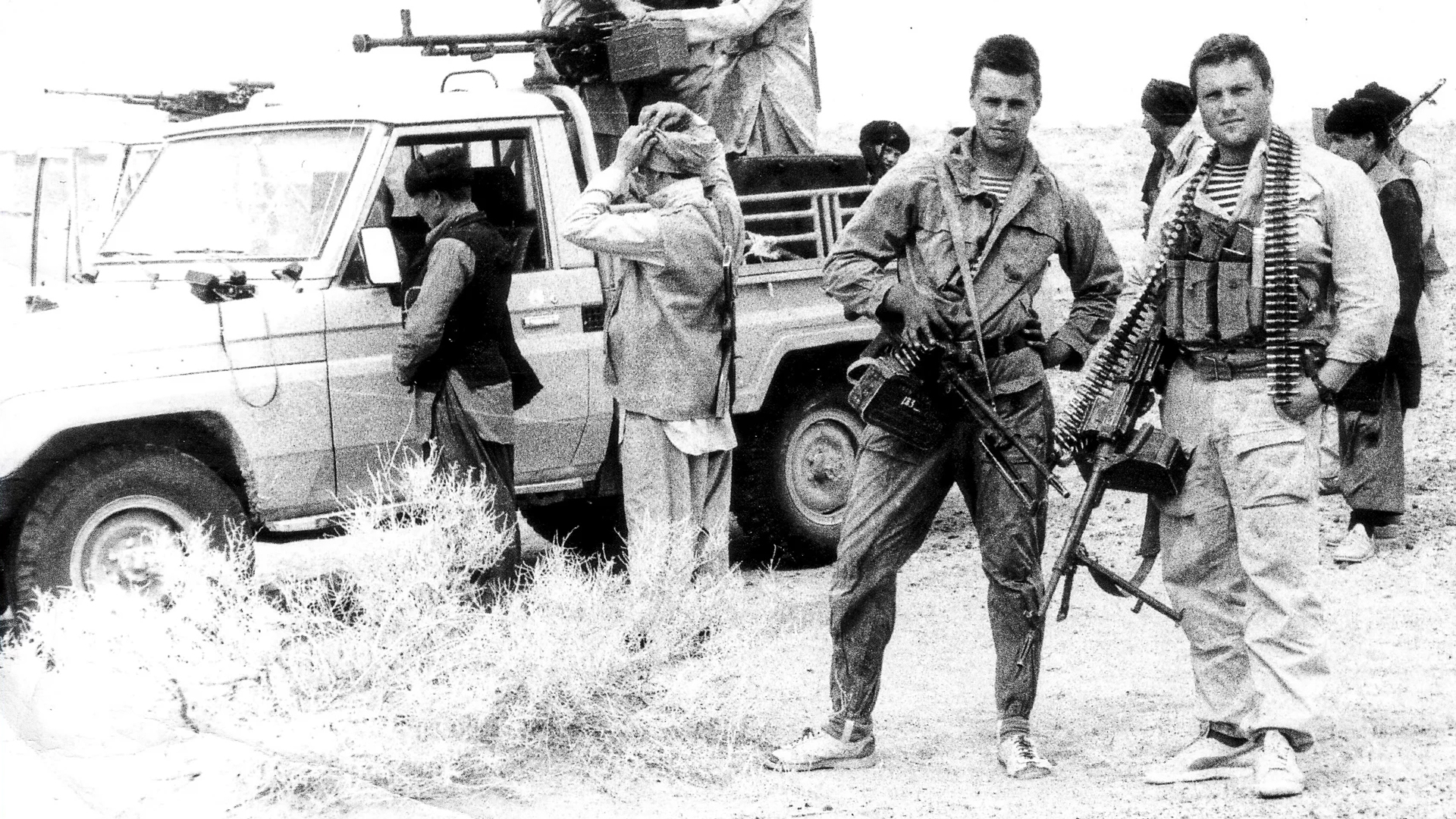
After the Limited Contingent of Soviet Forces has entered the Democratic Republic of Afghanistan, the 22nd Brigade took active participation in the conflict. The special forces unit had six provinces in its area of responsibility: Farah, Nimruz, Helmand, Kandahar, Zabul, Uruzgan.
The difficulties military operations in Afghanistan would face included, among other things, the varied landscape — a mix of sandy deserts, rocky steppes, plateaus and narrow ridges up to three thousand meters high, and each saw military action. That, along with the harsh climate and the particulars of fighting irregular combatants, required special equipment not included in the army supply chain.
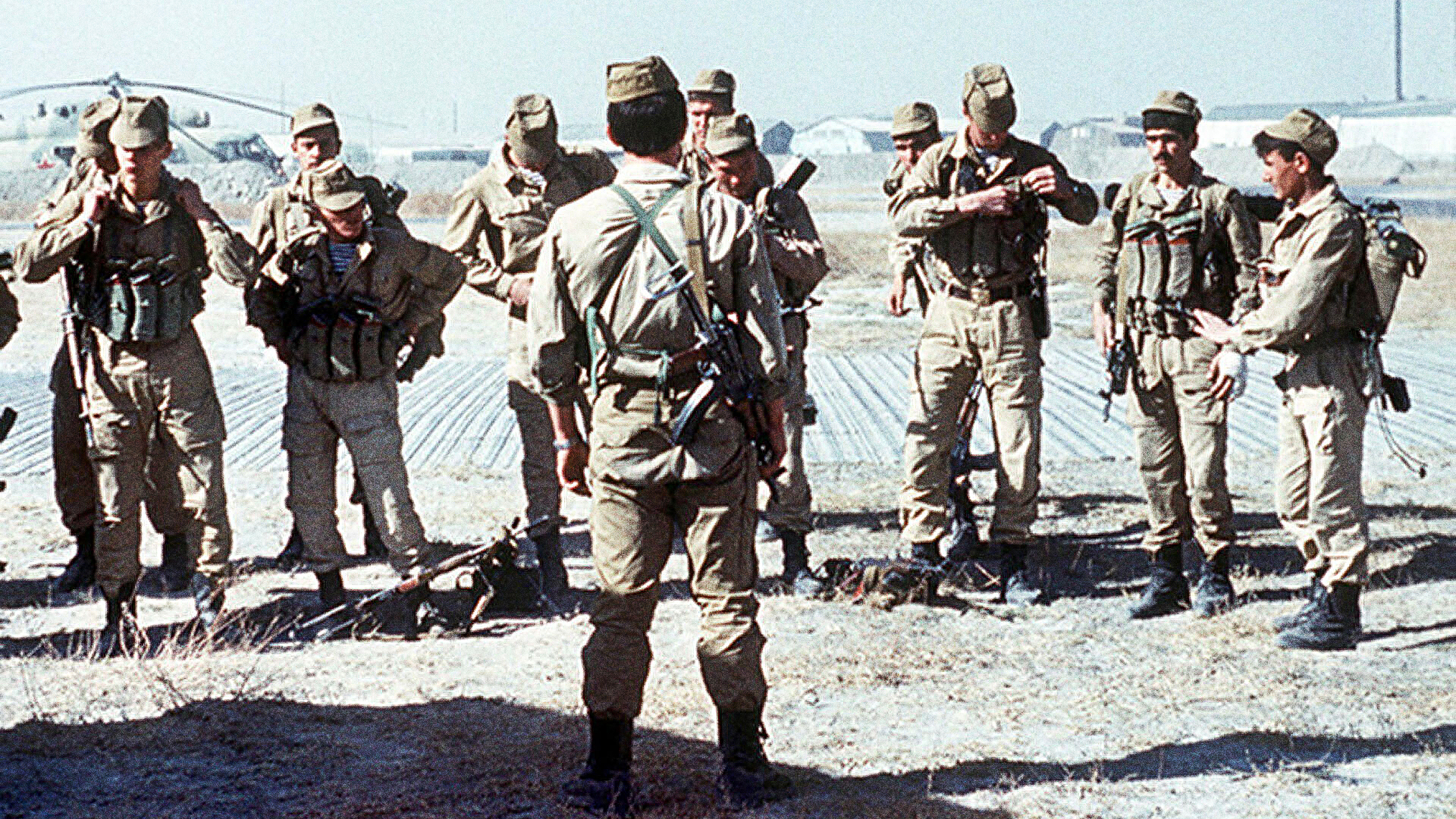
The soldiers of the 22nd Brigade quickly adapted to the conditions and experimented with clothing and footwear. For action during the hot time of the year they often used simple Soviet-made sports sneakers or sports shoes confiscated while intercepting convoys carrying weapons and contraband.
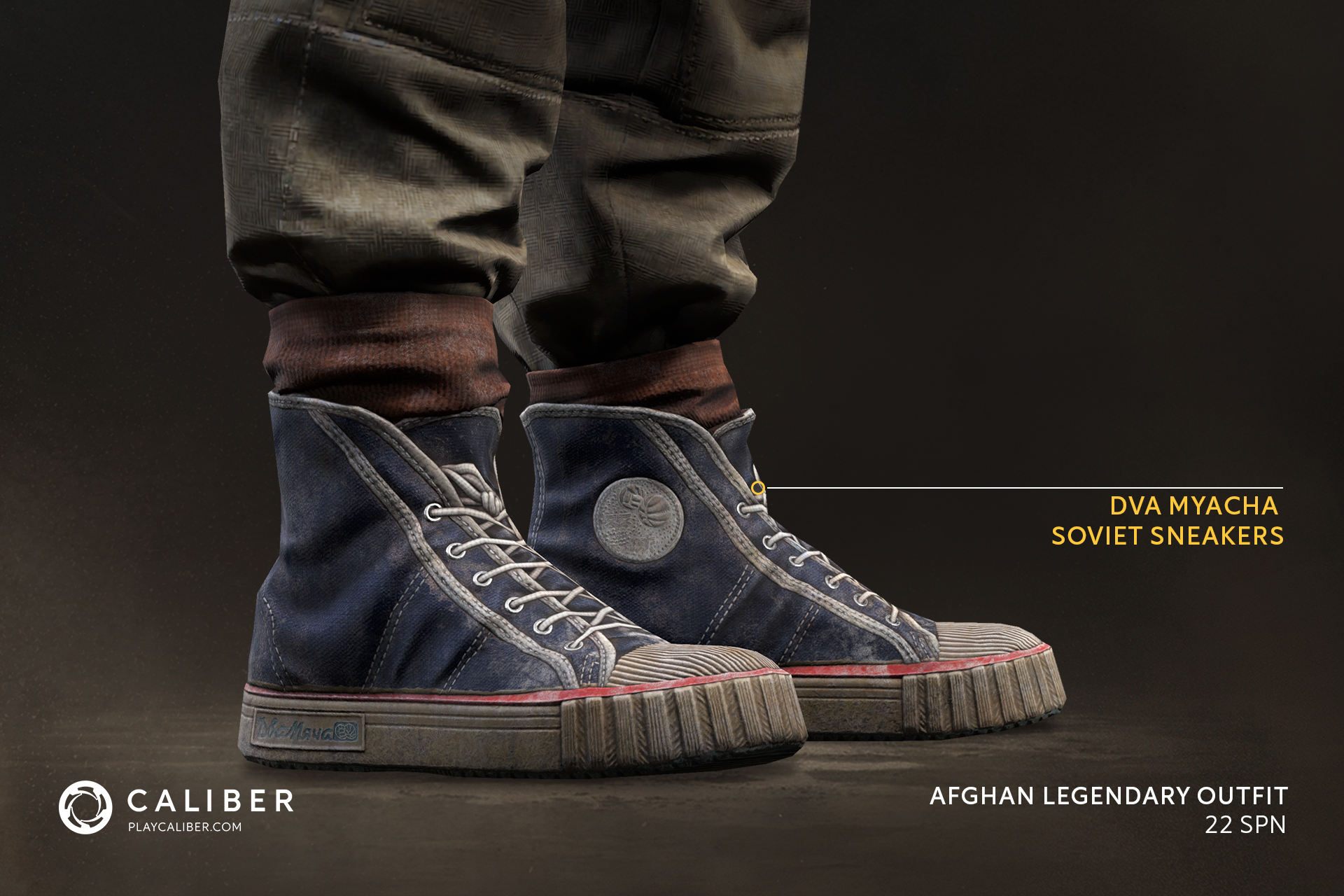
To carry the load they replaced their standard issue web gear with that custom-made or with the Chinese Chi-Com (“Chinese Communist”). Both the custom and the Chinese webbing was more ergonomic than the standard issue, imposing less limits on mobility on difficult terrain.
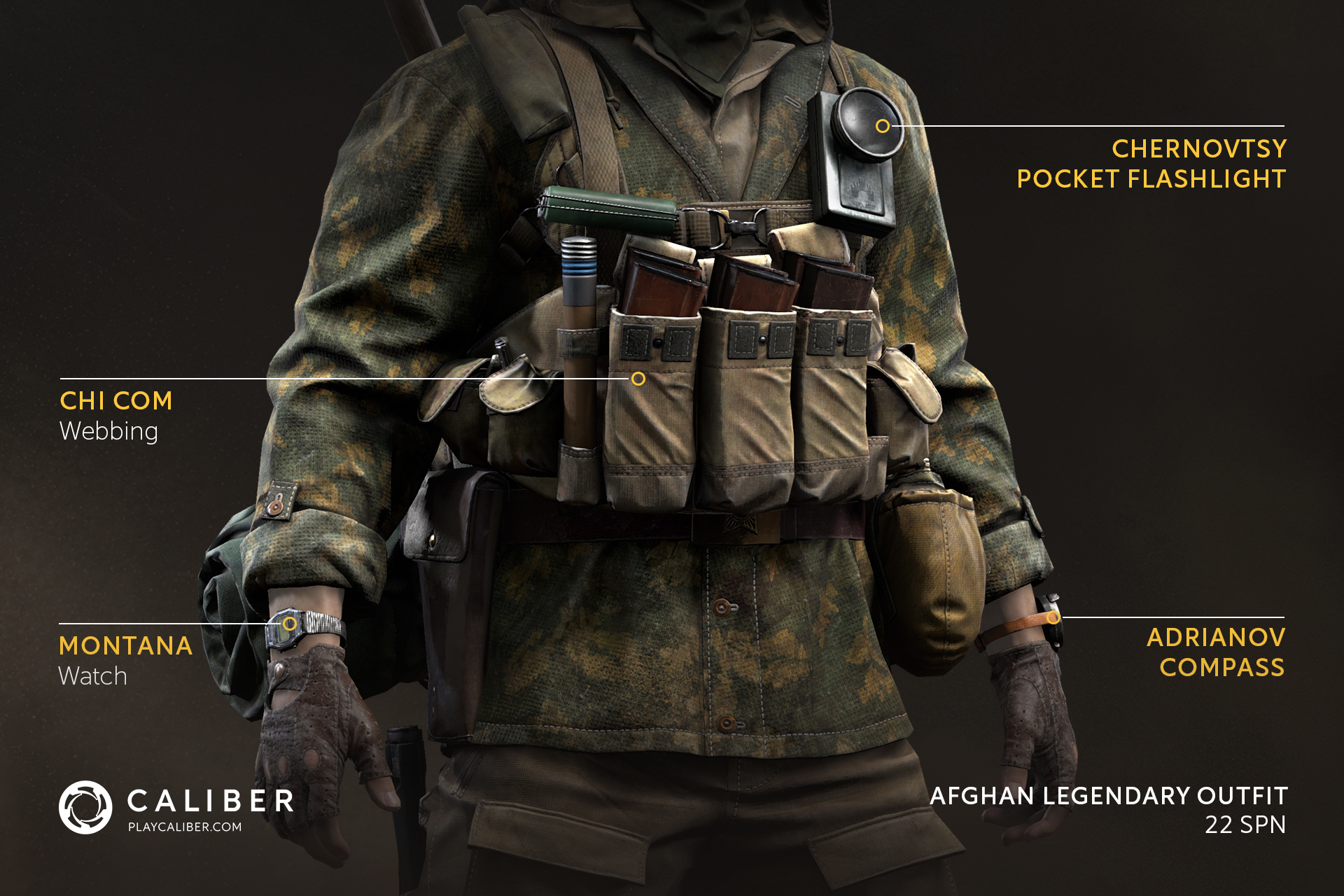
The legendary 177th and 186th units were part of the 22nd Brigade — they intercepted mujahideen convoys. Supported by combat helicopters, the special forces dropped on the enemy’s route and prepared ambushes. After a quick firefight, the units were hastily evacuated by helicopters before the enemy’s main forces would arrive. Thanks to the bold, decisive and unorthodox actions of the Brigade’s soldiers, the mujahideen have suffered immense material losses.
During the War in Afghanistan the aviation was the Soviet Army’s main advantage. The irregular army of the enemy didn’t have their own airpower nor ways to combat helicopters and planes. However, in the middle of the 80s, the USA has started supplying the mujahideen with Stinger anti-air systems, which were simple to use and very effective against airborne vehicles. In 1986, Stingers have been used to shot down 23 Soviet planes and helicopters — compared to several units in the previous five years of the conflict.
It was the GRU’s special forces unit that received the task to intercept the Stinger MPADS supply routes in order to prevent the enemy from using them. In January 1987, in the Kandahar province, there was a special operation to capture foes which were supposed to have the American anti-air weaponry.
In a lightning-fast firefight, some mujahideen were eliminated while others managed to get away. However, it is during that operation that the special forces unit reclaimed some Stingers and, most importantly, the documents proving they came from America.